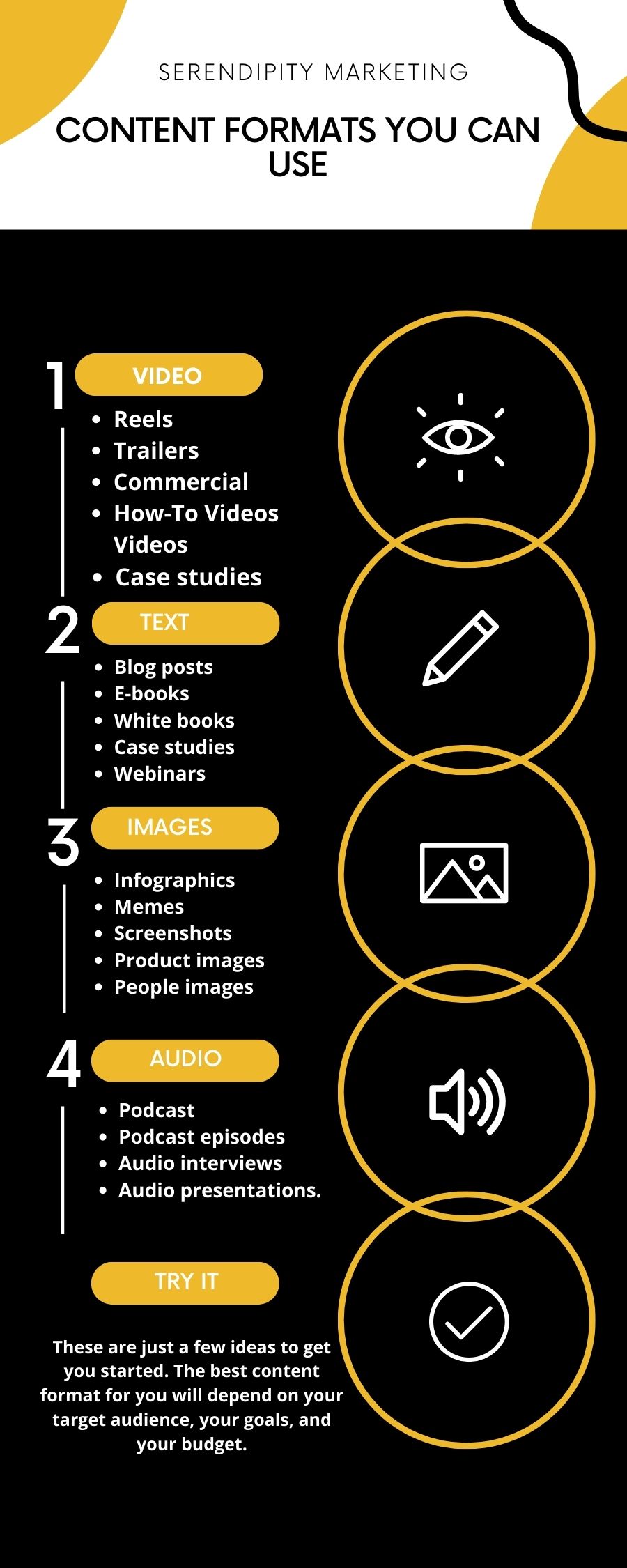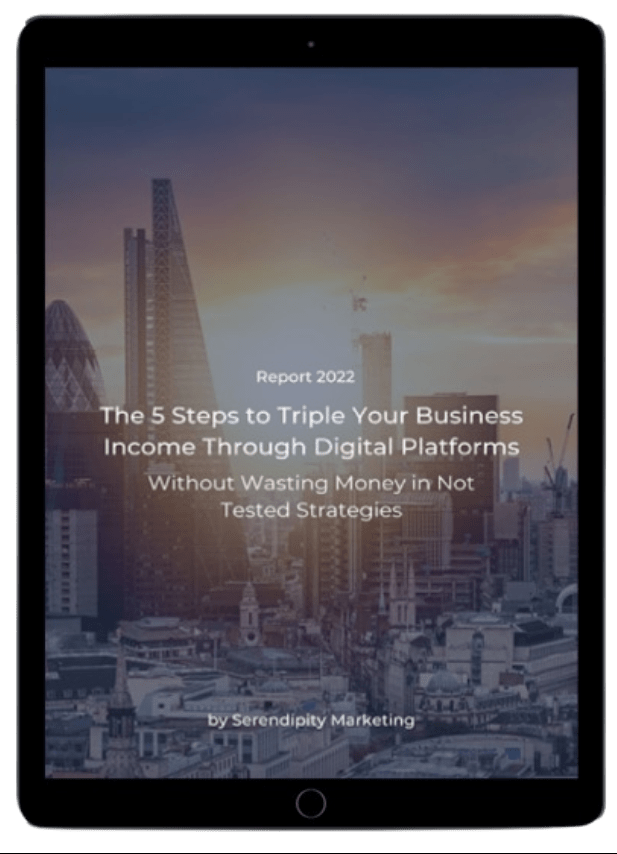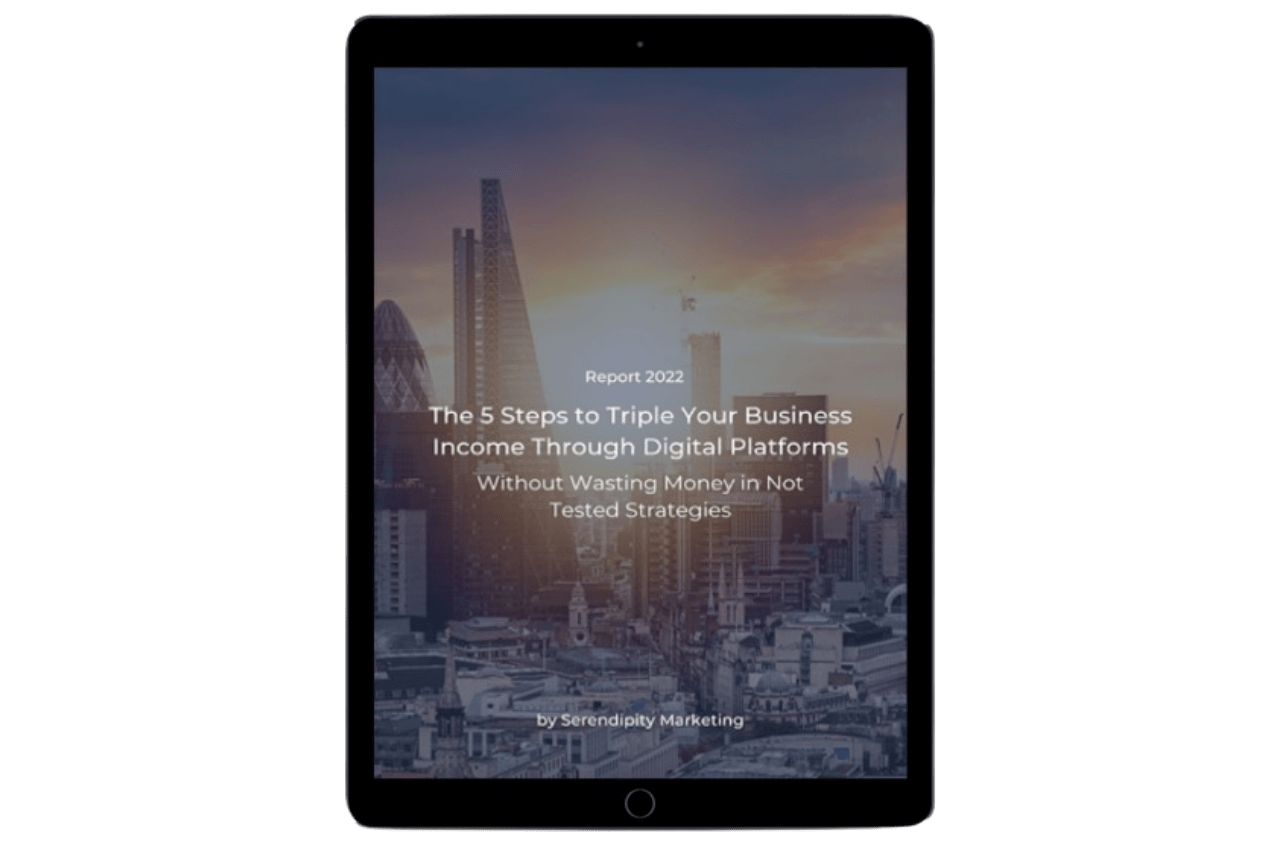Digital Marketing Content Creation: A Didactic Guide
Hello, have you ever wondered what content creation in digital marketing is? If so, you’re in the right place. Today, we’re going to talk about the strategy of content creation in digital marketing, which is essential for any online business, brand growth, and personal image.
What is Digital Marketing Content?
In digital marketing, we refer to content as any informative or entertaining material that is created and distributed online with the aim of attracting and retaining a target audience. This can include texts, images, videos, audios, and more. But you might ask, why is it so important?
As we know, the internet is filled with information, websites, advertising, and various content, so it’s necessary to be smart in techniques to capture the attention of a target audience. Within digital marketing, there are various strategies to generate leads (new customers) and convert them into regular customers, and one way to do this is through the creation of high-quality digital content that sparks the interest of the audience consuming it.

Content and Digital Marketing: A Powerful Combination
Content marketing is a strategy that focuses on creating and distributing relevant and valuable content. It’s not just about selling but providing your audience with information that is useful and helps them solve their problems.
But how does content marketing differ from digital marketing? Well, content marketing is a part of digital marketing. While digital marketing encompasses all online marketing strategies, content marketing specifically focuses on content creation and distribution as a narrower area of focus.
Digital Marketing Content Strategy
Creating digital marketing content is not a random process. It requires a well-thought-out and structured action plan, but above all, it needs to be properly executed.
Here are some steps you can follow:
- Planning: Before developing content, it’s necessary to choose the formats and distribution channels. In this stage, you define the short-term and long-term objectives of the strategy, identify the target audience, create a publishing calendar, and plan the keywords to be targeted. This initial phase may take some time, but you’ll notice that it will greatly facilitate your work and save you a lot of time in the long run.
- Development: In this stage, you can unleash your creativity to present the information or message in a way that best attracts your audience.
- Distribution: After spending time developing the content, it’s time to distribute it on the selected platforms. These are primarily your website and social media platforms such as Facebook, Instagram, and Twitter.
- Analysis: The work doesn’t end when the content is published. The next step is to analyze and measure the results generated on the different platforms. This helps determine if the work being done is moving in the right direction or if adjustments need to be made to the content distribution strategy.
Setting Objectives and KPIs
In any digital marketing strategy, it’s essential to establish clear and measurable goals. These objectives should align with the overall business purposes of your company and provide a clear path to success. Once the objectives are defined, it’s crucial to identify key performance indicators (KPIs) that will help measure progress toward these goals.
For example, if your goal is to increase brand visibility, a KPI could be the number of website visits or the amount of followers on social media. If your goal is to generate leads, you could measure the number of completed contact forms or newsletter subscriptions.
It’s also important to remember that objectives and KPIs can and should be adjusted over time. As your digital marketing strategy evolves, you may find new opportunities and challenges that require a change in your goals and how you measure them. Growth is good for your company, and the world is constantly changing, so your customers will too, meaning your strategies shouldn’t lag behind.
Digital Marketing Content: Types and Benefits
Digital content can be classified in many ways. The most fundamental classification is by format, which includes text, image, audio, and video. Each of these formats can generate more specific types of digital content. For example, video content is currently being widely created through platforms like Facebook or Instagram reels.

Digital content is a powerful tool when used for commercial purposes. Through it, brands can connect rationally and emotionally with audiences, inspire trust, generate empathy, position corporate image, or showcase business values.
The impact of new trends on how we promote our brand and devise strategies is undeniable. Content creation represents a showcase of what your company, business, or brand can offer to the public. That’s why I recommend starting an action plan developed by professional content creators, which will practically ensure that your company reaches a wide audience, leading to more sales, more customers, and overall success.
I hope this article on content creation from Serendipity Blog has been helpful. Until next time!


